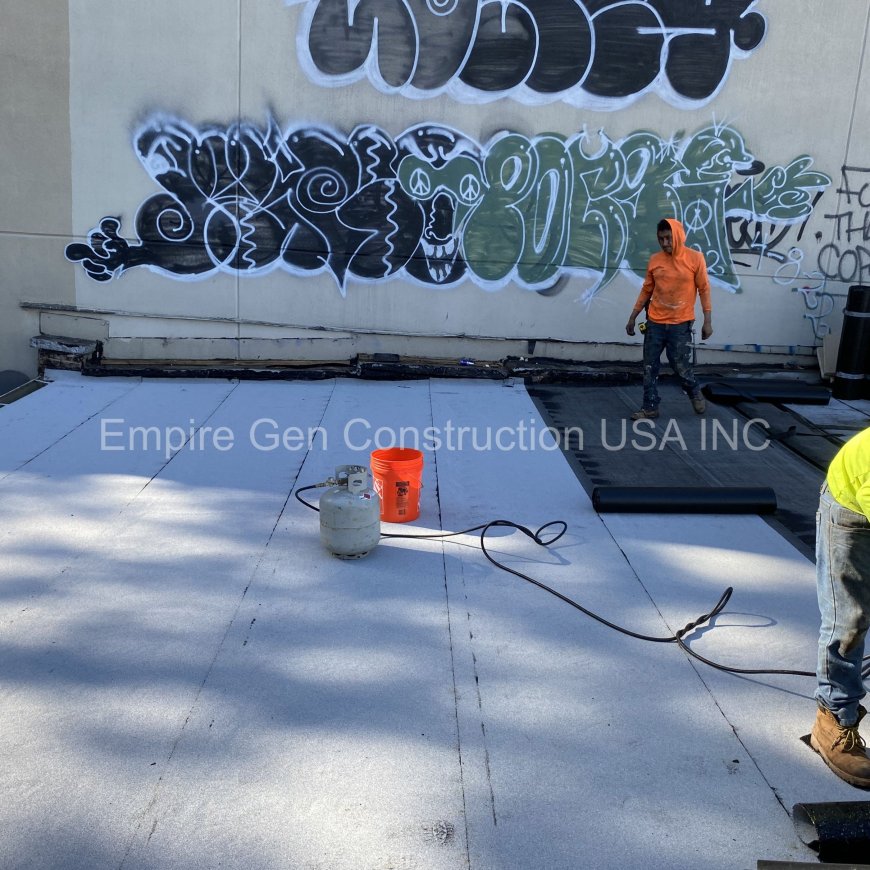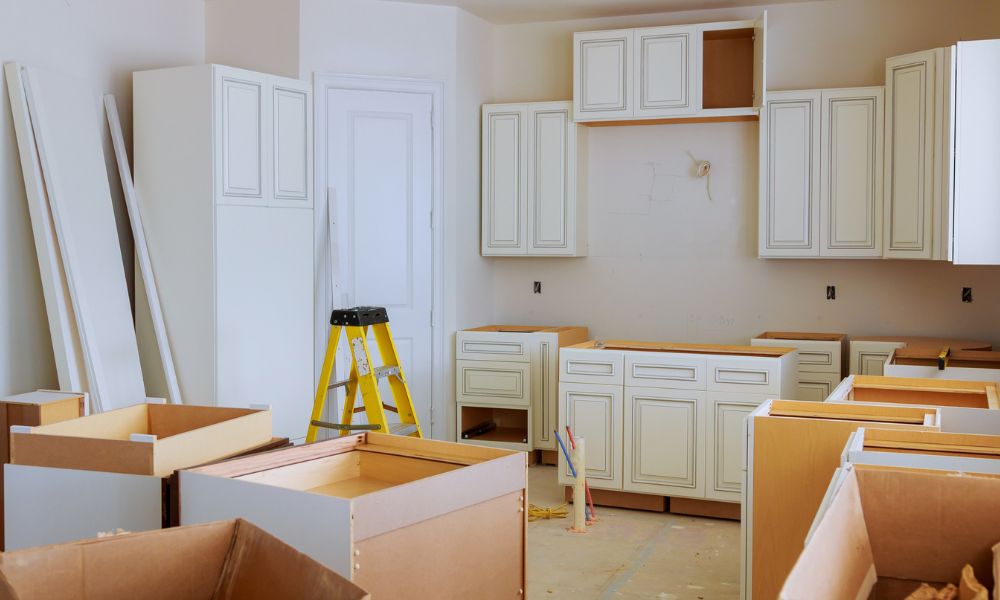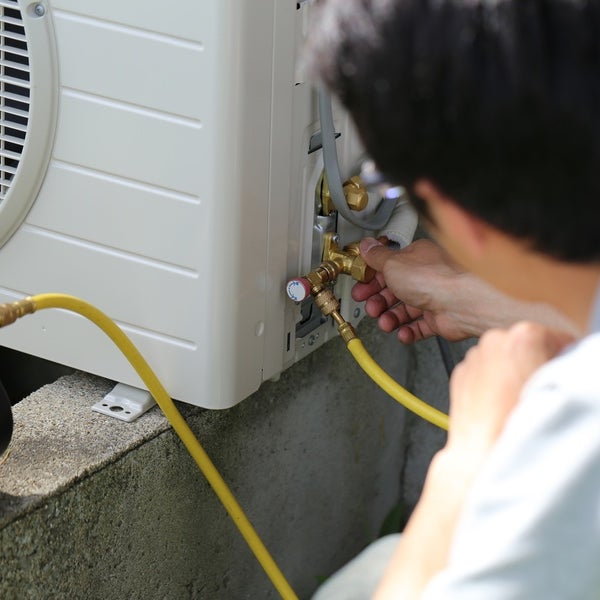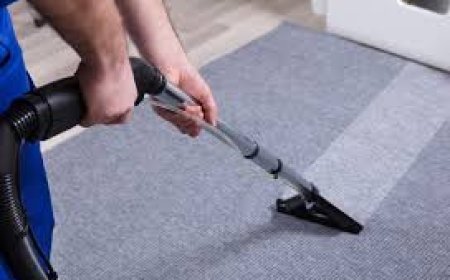NYC Flat Roof Replacement: Choosing the Right Time and Materials
General Contractor NYC will demonstrate sealing your flat roof to safeguard it from weather conditions and structural strain

Properly sealing the flat roof is crucial to preserving its durability against thermal stress. Mechanical, chemical, and biological variables also influence the roof.
It is advisable to seek assistance from a specialized organization as they possess extensive knowledge of the crucial needs and regulations.
General Contractor NYC will demonstrate sealing your flat roof to safeguard it from weather conditions and structural strain. Additionally, you will discover the specific types of stress that the flat roof is subjected to and the suitable materials for effectively sealing it.
Sealing a flat roof is important because it prevents water infiltration and subsequent damage to the underlying structure.
Structural strains exerted on the horizontal roof surface
The roof waterproofing is subject to mechanical loads. Level encompasses significant mechanical strain. The following factors comprise it:
● Base layer movements
● Green roofs with a large coverage area
● Utilization of soft thermal insulating materials
● The stresses resulting from the method utilized to secure the roof waterproofing.
● Wood or wood-based formwork is used as a basis for waterproofing.
● Steel profiles are used as a supporting structure.
When is flat roof renovation required?
Minor damage and leaks on flat roofs may frequently be remedied with minimal exertion. An escalation in the number of flaws and repairs suggests that the overall framework of your roof is antiquated. Over time, the material becomes porous and broken due to consistent exposure to stressors such as heat, cold, and moisture. Given the circumstances, it is logical to replace the entire flat roof. While total flat roof rehabilitation may come at a higher cost than individual repairs, it eliminates the need for frequent maintenance in the long run. Renovating your flat roof also presents a perfect opportunity to bring it up to contemporary standards. This might involve the installation of drainage and drainage systems, as well as the enhancement of thermal insulation. Additionally, you can install new flat roof windows, providing more natural light and fresh air in your living area. Specialists should always be entrusted to renovate a flat roof. Any extensive work on your roof should be performed exclusively by skilled and experienced Roof Repair Contractors NYC.
Which materials are utilized for sealing?
A traditional and commonly employed technique for waterproofing flat roofs involves installing bitumen sheets known as roofing felt. Roofing contractors NY NY utilize a gas burner to apply heat to the sheets arranged parallelly. The welds produced can render the roof surface impervious to water. To prevent immediate leakage in the flat roof due to minor damage, a minimum of three bitumen sheets are applied on top of one another.
EPDM foil, constructed of synthetic rubber, is a more modern technique for sealing roofs. In this case, the edges are joined using a unique glue, and just one sheet of material is needed. Subsequently, you can overlay the roof with gravel or cultivate vegetation. The standard guideline for replacing a flat roof is: When upgrading a flat roof, it is crucial to prepare for the installation of a roof hatch properly. This is necessary to ensure that the roof remains waterproof and that the integrity of the roof structure is not affected. Thus, it is imperative to entrust the renovation of your flat roof to a skilled Roof Repair NYC.
Consider the management of rainwater runoff from the roof during the renovation process.
Proper drainage is essential for ensuring a solid and secure flat roof. To prevent corrosion and frost damage, rain and condensation must be able to swiftly and thoroughly drain away from the roof. The inclination of the level roof is vital for the effectiveness of roof drainage. Flat roofs are not entirely level but feature a maximum incline of seven degrees to prevent water from pooling on the roof. Due to the inadequate slope of this roof, drainage techniques such as gravity drainage or pre-filled pipes are employed to ensure proper drainage. When rebuilding a flat roof, it is crucial to consider the drainage element. Installing improved drainage in multiple roof areas can significantly enhance its longevity.
Recommended Article: Masonry NYC
What's Your Reaction?
 Like
0
Like
0
 Dislike
0
Dislike
0
 Love
0
Love
0
 Funny
0
Funny
0
 Angry
0
Angry
0
 Sad
0
Sad
0
 Wow
0
Wow
0















































